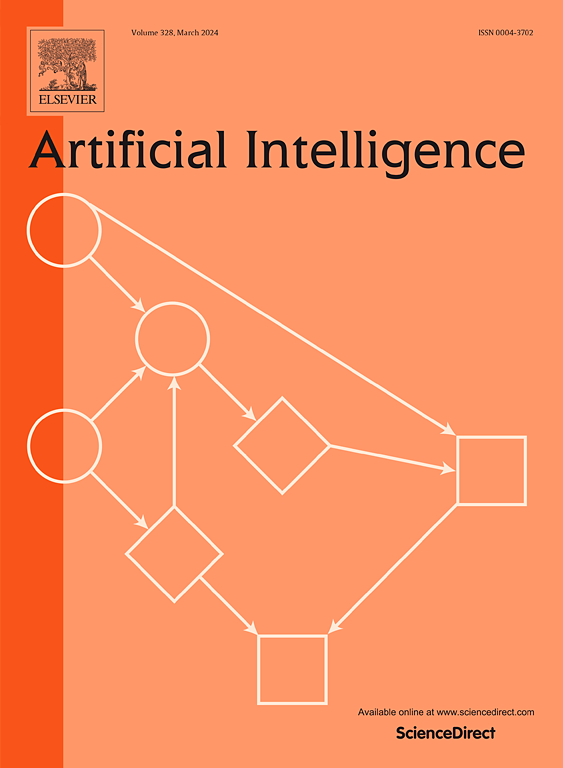NT-FAN:一种简单而有效的耐噪少射自适应网络
IF 4.6
2区 计算机科学
Q1 COMPUTER SCIENCE, ARTIFICIAL INTELLIGENCE
引用次数: 0
摘要
少射域自适应(few -shot domain adaptation, FDA)的目的是用源域的清晰标记数据和目标域的少量标记数据训练目标模型。给定有限的注释预算,源数据可能包含许多嘈杂的标签,这可能会对实际应用程序中的模型性能产生不利影响。这个问题设置被表示为广泛少射域自适应(WFDA),同时照顾到标签噪声和数据短缺。虽然以前的研究取得了一些成功,但它们通常依赖于多个自适应模型来协同过滤噪声标签,导致大量的计算开销。为了更简单和优雅地解决WFDA问题,我们对该问题进行了理论分析,并提出了目标域上超额风险的综合上界。我们的理论结果表明,即使在存在源噪声和有限目标数据的情况下,也可以获得正确的域不变表示,而不会产生额外的成本。为此,我们提出了一种简单而有效的WFDA方法,称为耐噪少射自适应网络(NT-FAN)。实验表明,我们的方法在保持更轻量级架构的同时,显著优于所有最先进的竞争对手。值得注意的是,NT-FAN在处理源域中更现实和棘手的源噪声(例如,实例相关的标签噪声)和严重的源噪声(例如,40%的噪声率)时始终表现出稳健的性能。本文章由计算机程序翻译,如有差异,请以英文原文为准。
NT-FAN: A simple yet effective noise-tolerant few-shot adaptation network
Few-shot domain adaptation (FDA) aims to train a target model with clean labeled data from the source domain and few labeled data from the target domain. Given a limited annotation budget, source data may contain many noisy labels, which can detrimentally impact the performance of models in real-world applications. This problem setting is denoted as wildly few-shot domain adaptation (WFDA), simultaneously taking care of label noise and data shortage. While previous studies have achieved some success, they typically rely on multiple adaptation models to collaboratively filter noisy labels, resulting in substantial computational overhead. To address WFDA more simply and elegantly, we offer a theoretical analysis of this problem and propose a comprehensive upper bound for the excess risk on the target domain. Our theoretical result reveals that correct domain-invariant representations can be obtained even in the presence of source noise and limited target data without incurring additional costs. In response, we propose a simple yet effective WFDA method, referred to as noise-tolerant few-shot adaptation network (NT-FAN). Experiments demonstrate that our method significantly outperforms all the state-of-the-art competitors while maintaining a more lightweight architecture. Notably, NT-FAN consistently exhibits robust performance when dealing with more realistic and intractable source noise (e.g., instance-dependent label noise) and severe source noise (e.g., a 40% noise rate) in the source domain.
求助全文
通过发布文献求助,成功后即可免费获取论文全文。
去求助
来源期刊

Artificial Intelligence
工程技术-计算机:人工智能
CiteScore
11.20
自引率
1.40%
发文量
118
审稿时长
8 months
期刊介绍:
The Journal of Artificial Intelligence (AIJ) welcomes papers covering a broad spectrum of AI topics, including cognition, automated reasoning, computer vision, machine learning, and more. Papers should demonstrate advancements in AI and propose innovative approaches to AI problems. Additionally, the journal accepts papers describing AI applications, focusing on how new methods enhance performance rather than reiterating conventional approaches. In addition to regular papers, AIJ also accepts Research Notes, Research Field Reviews, Position Papers, Book Reviews, and summary papers on AI challenges and competitions.
 求助内容:
求助内容: 应助结果提醒方式:
应助结果提醒方式:


